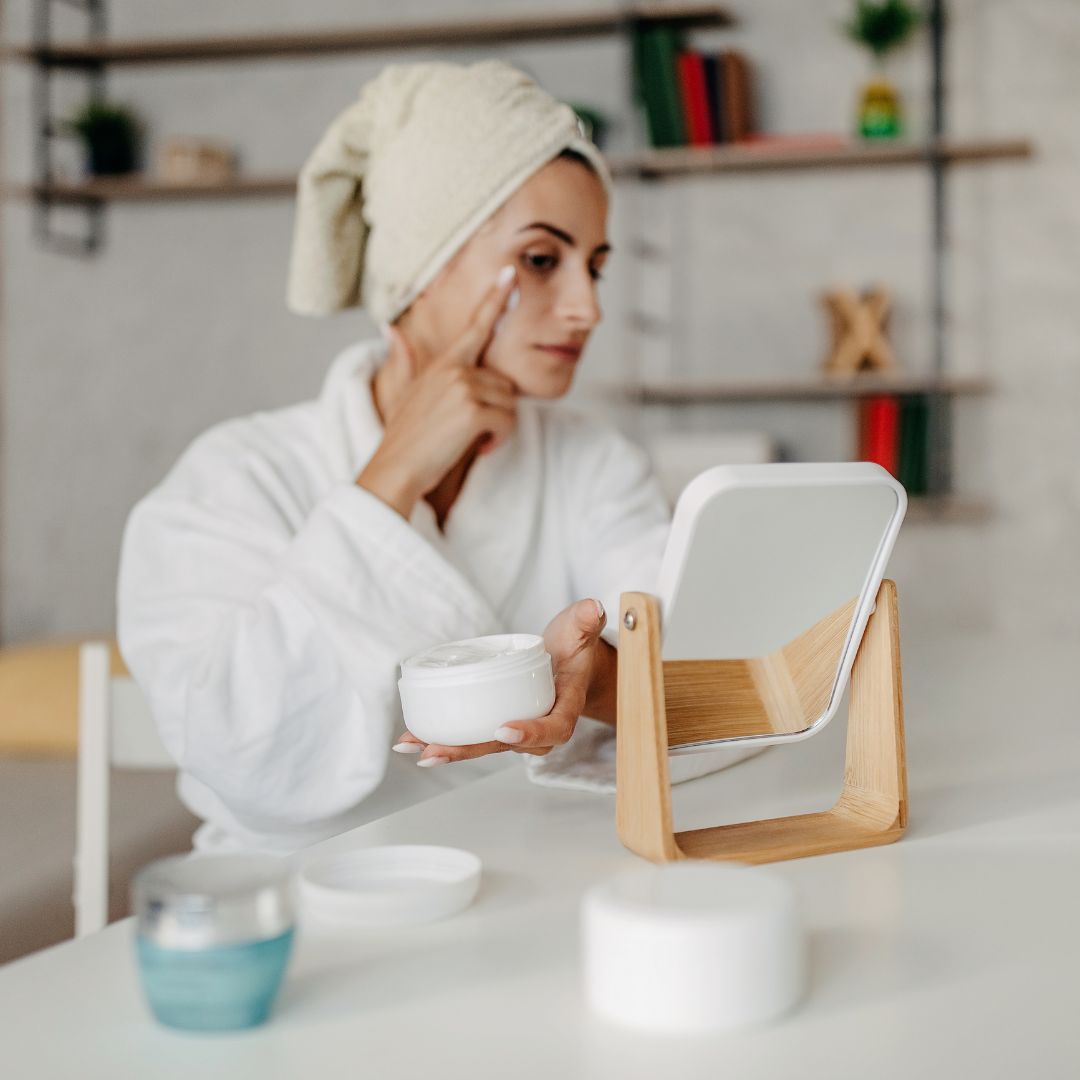Want to save 25%? Check out our Subscriptions!
Rosacea is a chronic skin condition that causes redness, visible blood vessels, and sometimes acne-like bumps, primarily on the face. Managing rosacea can be challenging, especially when everyday triggers seem to lurk around every corner. Establishing a consistent, gentle skincare routine can make a significant difference in keeping flare-ups at bay and maintaining healthier skin. Here’s a comprehensive guide to building a morning and evening skincare routine tailored for rosacea-prone skin.


Creating a consistent and gentle skincare routine is essential for managing rosacea. Choosing products with soothing, non-irritating ingredients and avoiding common triggers can significantly reduce flare-ups and maintain healthier, more balanced skin. Remember, the key is consistency—sticking to your routine will help you see the best results over time.